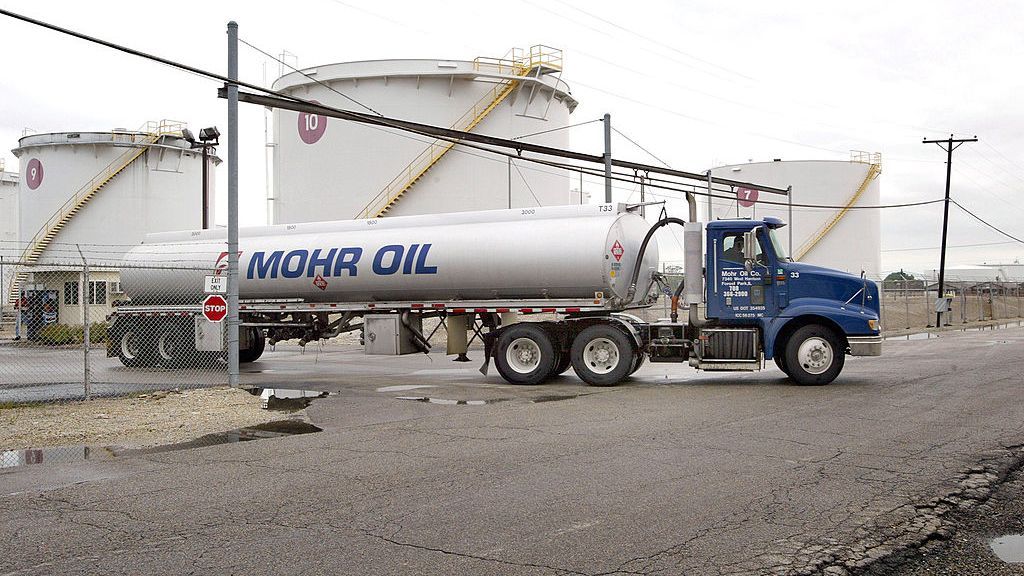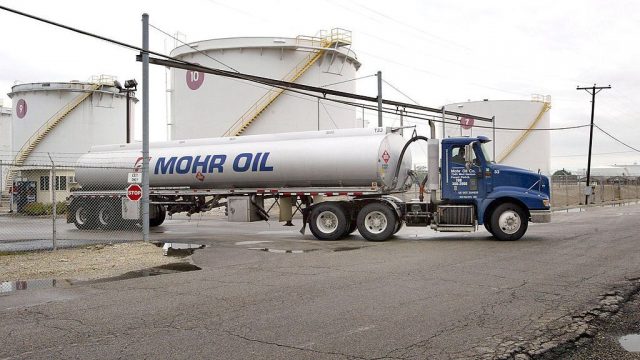
Crude oil prices posted wide swings on Thursday after OPEC and its allies stood firm on production levels, one day after analysts noted U.S. crude oil production was on the rise.
Members of the Organization of the Petroleum Exporting Countries and their allies, a group known as OPEC+, sustained their planned output increase of 400,000 barrels per day, starting in December, ignoring pressure from the White House to put more barrels on the market to cool commodity prices trading at multi-year highs.
Tamas Varga, an analyst at London oil broker PVM, told Zenger OPEC would stick to its plan.
“Anything more than that would be a profound shock,” he said of the stated production levels.
A research note from Swiss investment bank UBS said the OPEC decision was likely due to concerns that pandemic-related issues could curb demand. Forecasts point to an oversupplied market next year, and OPEC may be erring on the side of caution.

However, any resultant uptick in commodity prices could undermine economic growth. Central bankers and federal policymakers are concerned with inflation.
Inflation for most goods and services was up 5.4 percent for the 12-month period ending in September. But for energy products, that level is closer to 40 percent.
Ann-Louise Hittle, vice president for macro oils at energy consultant group Wood Mackenzie, said in a statement the decision to stick to the 400,000 barrel-per-day plan was a disappointment for the White House, though she suggested there could be some price moderation.
“As it becomes clearer the world is going to survive the winter with enough oil to meet demand, we expect prices to fall from the recent highs of $87 to $85 per barrel for Brent,” she said. “This process may be already underway.”
Brent crude oil, the global benchmark for the price of oil, closed trading on Wednesday at $81.99 per barrel, down some 3.2 percent from the previous session. West Texas Intermediate, the U.S. benchmark, ended the trading day Wednesday down 3.6 percent to trade at $80.86 per barrel.
While still elevated, both benchmarks are down from recent highs. West Texas Intermediate was flirting with $85 per barrel in late October, the highest price in seven years.
Phil Flynn, a senior energy analyst at The PRICE Futures Group in Chicago, said he also felt there may be a cooling-off period for crude oil prices.
“If we look at the oil market right now, we’re definitely in a correction phase,” he told Zenger.

On Wednesday, the U.S. Energy Information Administration published weekly data on commercial storage levels of crude oil and refined petroleum products, such as gasoline. A drain in inventory levels is usually synonymous with demand strength, while the opposite holds for increases.
The federal agency reported that commercial crude oil inventories, not counting what’s stored in the Strategic Petroleum Reserve, increased by 3.3 million barrels from the prior week. Motor gasoline inventories decreased by 1.5 million barrels. Both remain below the five-year average for this time of year.
Edward Moya, a senior market analyst at trader OANDA, said the decline in gasoline inventories was not just about demand, but refinery maintenance. When those are down for regular work, they don’t produce gasoline.
“The EIA report was mostly bearish as the headline build was larger-than-expected, production rose to pre-Hurricane Ida levels, and gasoline inventories declined on maintenance season and improved demand,” he said, referring to the Energy Information Administration.
Domestic crude oil production over the four-week average for the week ending Oct. 29 was 11.3 million barrels per day, an 8.3 percent improvement over year-ago levels.
Edited by Bryan Wilkes and Fern Siegel
The post Crude Oil Prices Choppy After OPEC Sticks With The Plan appeared first on Zenger News.




